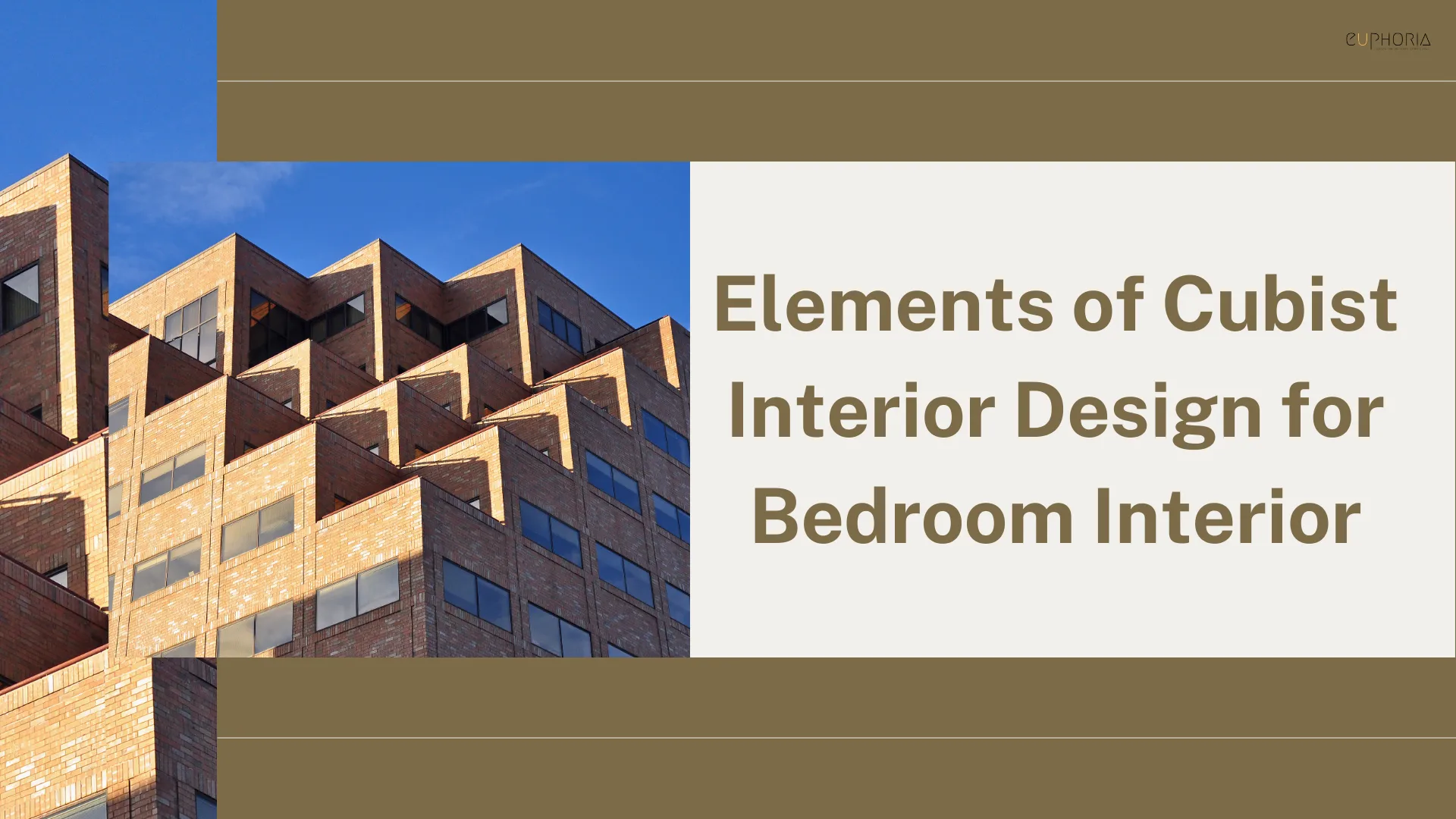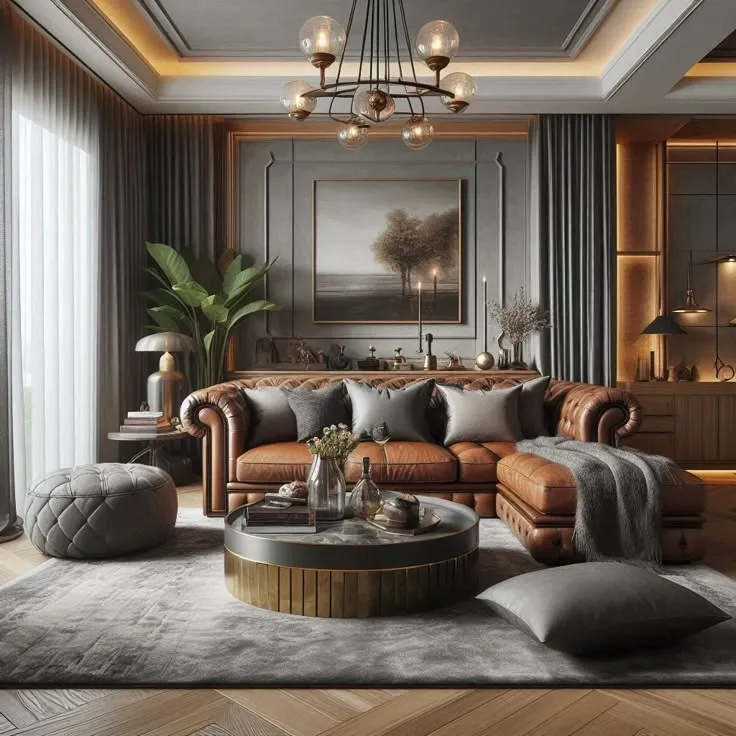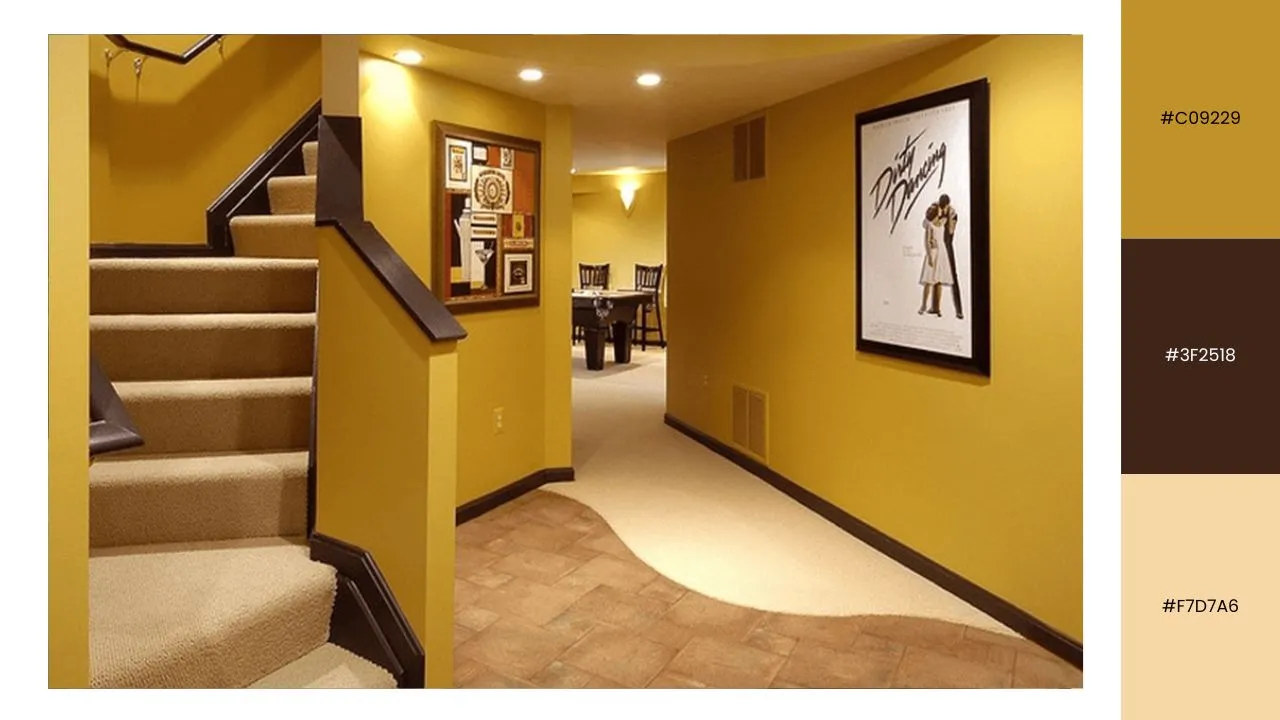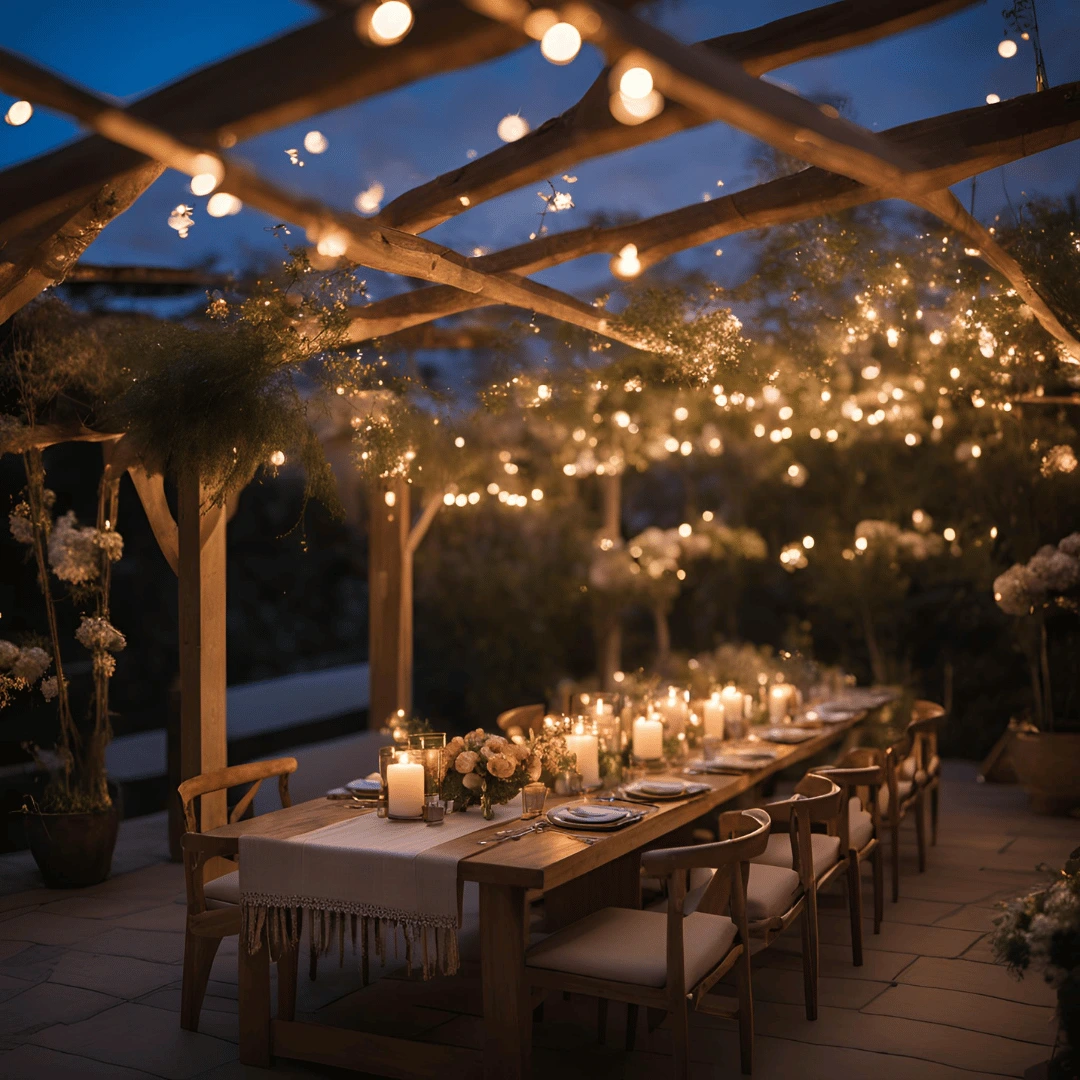When you think of Cubism, you may first imagine abstract paintings, geometric shapes, and famous works of art by Pablo Picasso or Georges Braque. Cubism revolutionized the world of art, challenging traditional views of perspective and representation. But did you know Cubism can also make a huge impact on interior design, especially in creating a unique and modern bedroom environment?
In this blog, we’re going to explore how you can incorporate elements of Cubism into your bedroom’s interior design. We’ll break it down in a simple and easy way, so you can create a space that is both stylish and full of character. So, let’s dive into the fascinating world of Cubist bedroom design!
What is Cubism in Interior Design?
Cubism is an art movement that started in the early 20th century, led by artists like Pablo Picasso and Georges Braque. It focuses on abstract shapes, fragmented forms, and multiple viewpoints. In Cubism, the goal is not to show things in their usual form, but to represent them from different angles all at once, giving the viewer a more complex understanding of the subject.
In interior design, Cubism takes this idea of breaking down objects and spaces into geometric shapes and forms. It’s not just about slapping on abstract art; it’s about transforming everyday furniture, decor, and room layouts to reflect this fragmented and multi-dimensional approach.
Key Elements of Cubist Interior Design
To create a Cubist-inspired bedroom, you’ll want to think about a few key elements: color, geometry, abstract forms, and a playful sense of perspective. Let’s break down each one and how it can transform your bedroom.
1. Geometric Shapes and Patterns
One of the most obvious characteristics of Cubism is the use of geometric shapes like cubes, squares, triangles, and rectangles. In a Cubist-inspired bedroom, these shapes can appear in many ways:
- Furniture: Look for pieces with clean lines and sharp angles. A cube-shaped side table, a triangular shelf, or a rectangular bed frame can bring those geometric elements into the space. Even your wardrobe can have angular designs to echo the Cubist theme.
- Textiles: Cubism is all about fragmentation, so think of geometric patterns in your bed linens, throw pillows, and curtains. Use squares, circles, triangles, or abstract geometric prints to infuse a bit of Cubist style into your textiles. These shapes will contrast nicely against the soft textures of the fabric, creating a balance between hard and soft in the room.
- Rugs: You can use rugs that feature abstract designs or fragmented patterns. A rug with squares or triangles can really make the floor of your bedroom feel like a piece of art.
2. Bold Colors and Contrasting Hues
Cubism embraces bold and vibrant colors, often using contrasting shades to create visual interest. In your bedroom, you can experiment with a wide range of colors, but don’t shy away from clashing tones. Some common Cubist color choices are bright blues, reds, yellows, and earth tones, often paired with muted or neutral shades to tone things down.
- Accent Walls: A feature wall painted in bold, solid colors or divided into angular segments can immediately bring a sense of Cubism into your bedroom. Consider painting part of your wall with geometric shapes like rectangles or squares, using contrasting colors to add drama and depth.
- Furniture & Accessories: Add color to your furniture in unexpected ways. For instance, a brightly painted dresser or nightstand with sharp lines can create a bold statement. Mix warm tones like red and yellow with cooler tones like blue or green to bring out the contrast.
3. Abstract Art and Decor
One of the most striking aspects of Cubism is abstract art. So, what better way to embrace this style than by incorporating Cubist-inspired art and decor into your bedroom? Abstract pieces not only add visual interest but also serve as a conversation starter.
- Artwork: Hang paintings or prints that feature fragmented, geometric patterns, or works by famous Cubist artists like Picasso or Braque. Don’t feel like you have to stick to traditional frames – you can use unconventional methods, like creating an art collage from different pieces to form a larger image.
- Sculptural Decor: Adding sculptural elements to your bedroom can also bring the Cubist theme to life. Look for decorative items like geometric-shaped vases, abstract sculptures, or angular lamps. These pieces could be inspired by Cubist art, turning everyday decor into pieces of art themselves.
- Mirrors: A mirror with geometric shapes or multiple small mirrors grouped together can create the illusion of fragmentation. The reflective surface can also add depth and dimension to the room, mimicking the multi-dimensional nature of Cubism.
4. Multi-Dimensional Layout and Space Planning
Cubism is all about showing different perspectives at once. In terms of interior design, this means considering how your furniture and layout can create a sense of depth and dimensionality. Rather than placing your furniture in a traditional, symmetrical arrangement, you can play with different perspectives in your room layout.
- Layering and Overlapping: Think about layering furniture, accessories, and decor to create a sense of movement and depth. For example, place a nightstand in front of a bed or use a combination of floating shelves at different heights to create an abstract arrangement. Mixing different textures, colors, and shapes can give your room a more layered and dimensional feel.
- Unconventional Angles: In traditional bedroom design, furniture is usually arranged with a clear line of sight, but in a Cubist-inspired space, the angles can be more interesting. Try angling your bed, placing the dresser at an unexpected angle, or using unconventional furniture arrangements that challenge typical perspective.
- Open Shelving and Display: Cubism loves to show things from multiple angles, so open shelving can be a great addition to your bedroom. Displaying decorative objects or even books in a geometric pattern or organized in a way that shows different perspectives adds an interesting visual element to the room.
5. Minimalism with Complexity
While Cubism might seem chaotic with all the fragmented pieces and shapes, it’s also about simplicity. The overall feel of a Cubist-inspired bedroom is minimalistic, but with complex, layered details. You want to avoid overcrowding the space, but at the same time, every element in the room should have a unique purpose and contribute to the overall design.
- Simplified Furniture Pieces: When selecting furniture for your Cubist bedroom, aim for pieces that have clean, simple lines but complex angles or shapes. For example, a simple rectangular bed frame with sharp edges and a minimalist design can serve as a strong foundation.
- Focus on Key Elements: Instead of overwhelming the room with too much, focus on a few key pieces that really embody the Cubist style. A striking piece of abstract art, a geometric rug, or a bold accent chair can be the focal point of the room.
6. Lighting with a Twist
Lighting plays a crucial role in setting the mood and highlighting the unique elements of Cubist interior design. You don’t need a traditional lampshade; instead, opt for fixtures that are angular, fragmented, or abstract in shape.
- Geometric Light Fixtures: Look for pendant lights or table lamps that feature sharp lines or layered geometric shapes. A chandelier made up of interlocking cubes or a lamp shaped like an abstract sculpture can serve as both a light source and a piece of art in your bedroom.
- Layered Lighting: Layer different types of lighting in your Cubist bedroom to enhance the sense of depth. Use ambient lighting, task lighting, and accent lighting to create different moods and highlight key design elements. This layered approach adds to the complexity and multi-dimensional feel of Cubism.
Bringing Cubism to Life in Your Bedroom
Cubism in interior design may seem like a bold and modern choice, but when executed thoughtfully, it can transform your bedroom into a visually stimulating and unique space. By incorporating geometric shapes, bold colors, abstract art, and unconventional layouts, you can create a bedroom that feels dynamic, layered, and full of personality.
Remember, the goal isn’t to completely overtake your room with sharp angles and fragmented pieces. Rather, it’s about creating a balance between minimalism and complexity – where every element contributes to the overall Cubist vibe without overwhelming the space.
Start by adding a few key Cubist elements: geometric patterns in your textiles, bold colors on your walls, or an abstract art piece as a focal point. Over time, as you experiment with more Cubist design elements, you’ll create a bedroom that feels both creative and relaxing – a true reflection of your own style and artistic taste.
So, what are you waiting for? Let the world of Cubist interior design inspire your next bedroom makeover, and watch as your space comes to life in ways you never thought possible!
FAQs
1. What is Cubist interior design?
Cubist interior design is inspired by the Cubism art movement, featuring geometric shapes, fragmented forms, and abstract perspectives. It uses angular furniture, bold colors, and unique layouts to create a visually dynamic space.
2. How do I incorporate Cubism into my bedroom design?
Incorporate Cubism by adding geometric patterns, bold colors, abstract art, and angular furniture. Play with the layout by arranging furniture in unconventional angles and use layered textures for depth.
3. Can Cubism work in a small bedroom?
Yes, Cubism works well in small bedrooms. Focus on key elements like a geometric rug, abstract art, and bold accent pieces while keeping the space balanced and uncluttered.
4. What colors should I use for a Cubist bedroom?
Use bold, contrasting colors like red, blue, yellow, and earthy tones. Pair warm and cool shades to create a dynamic atmosphere while maintaining balance.




